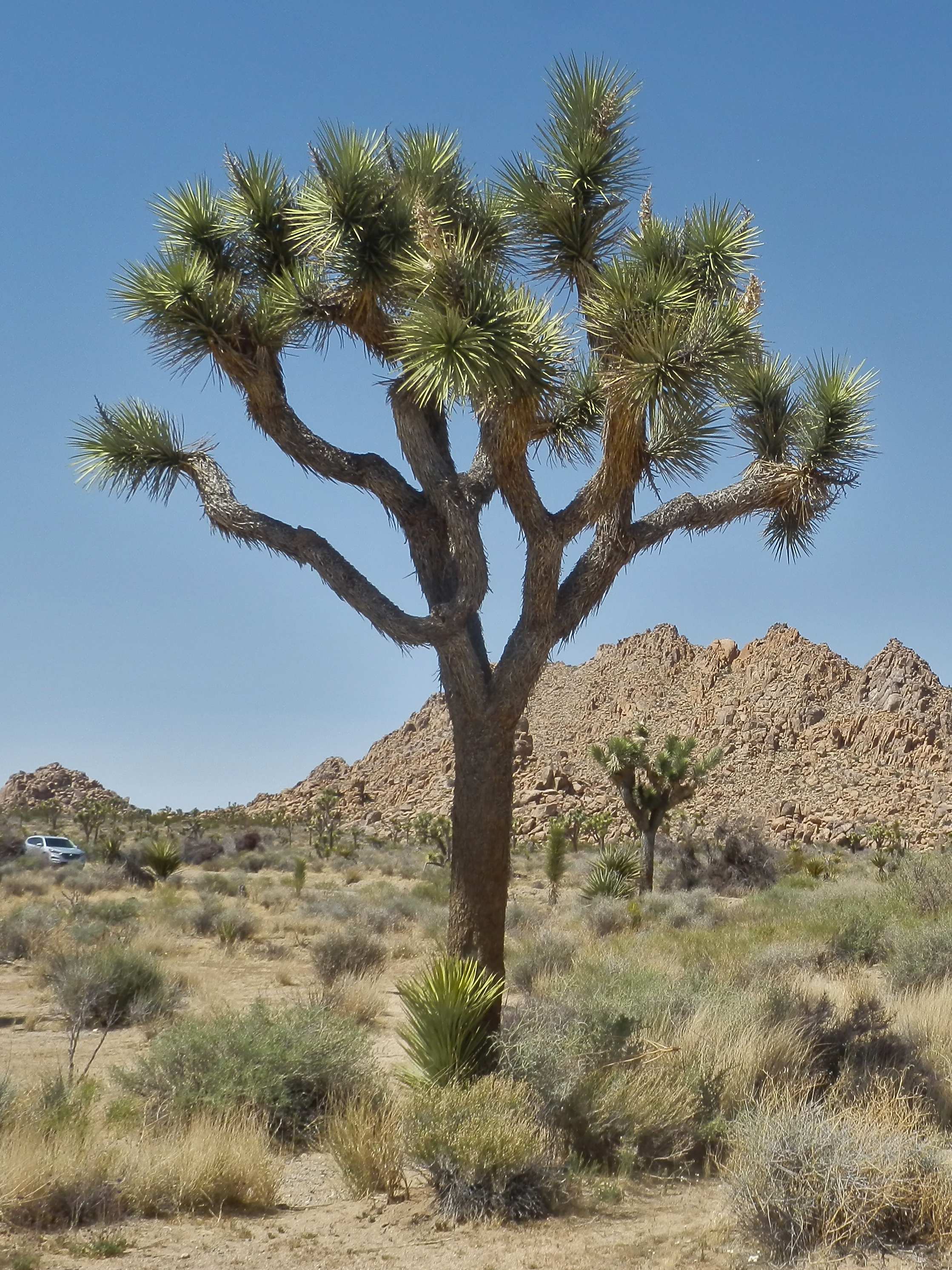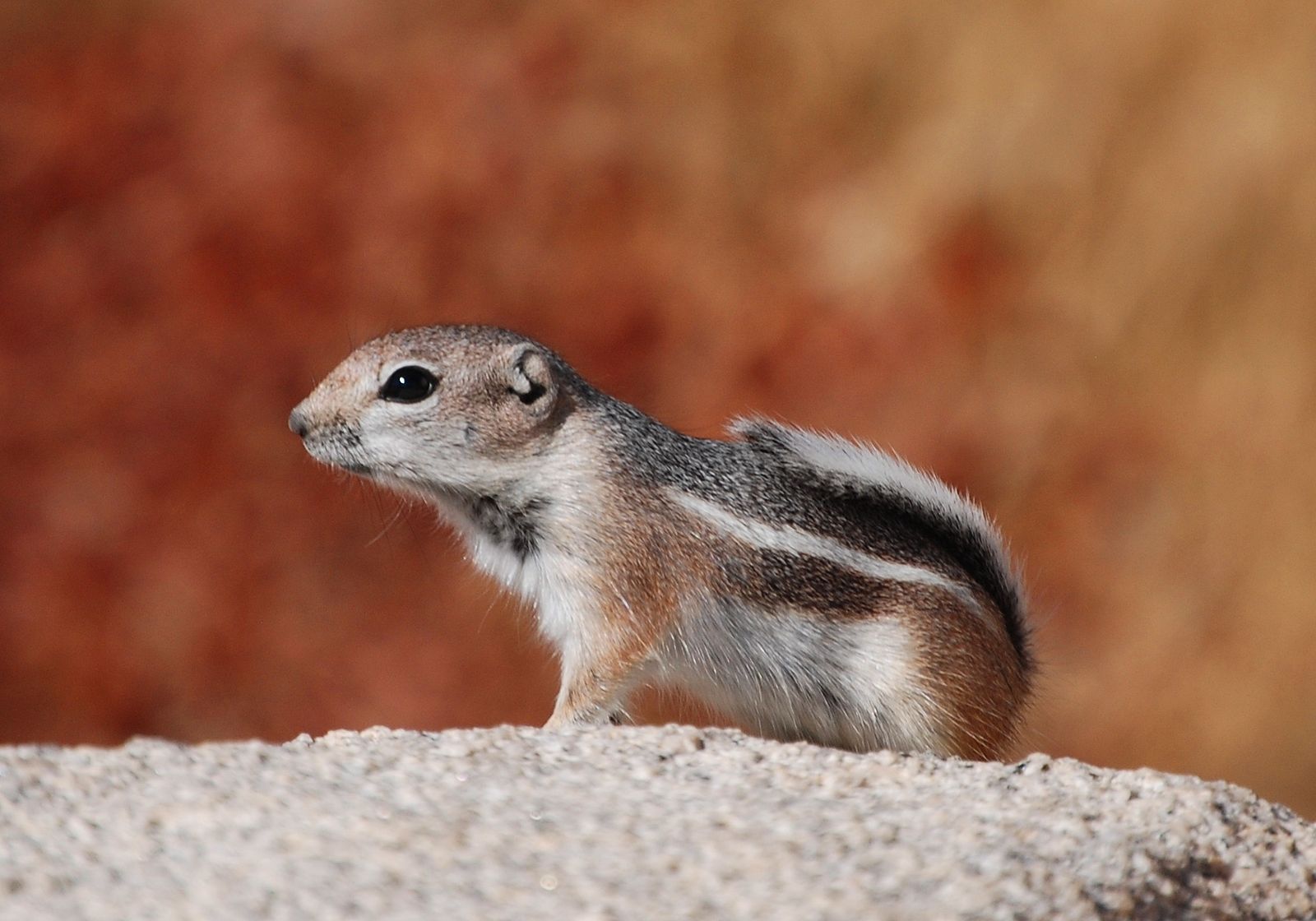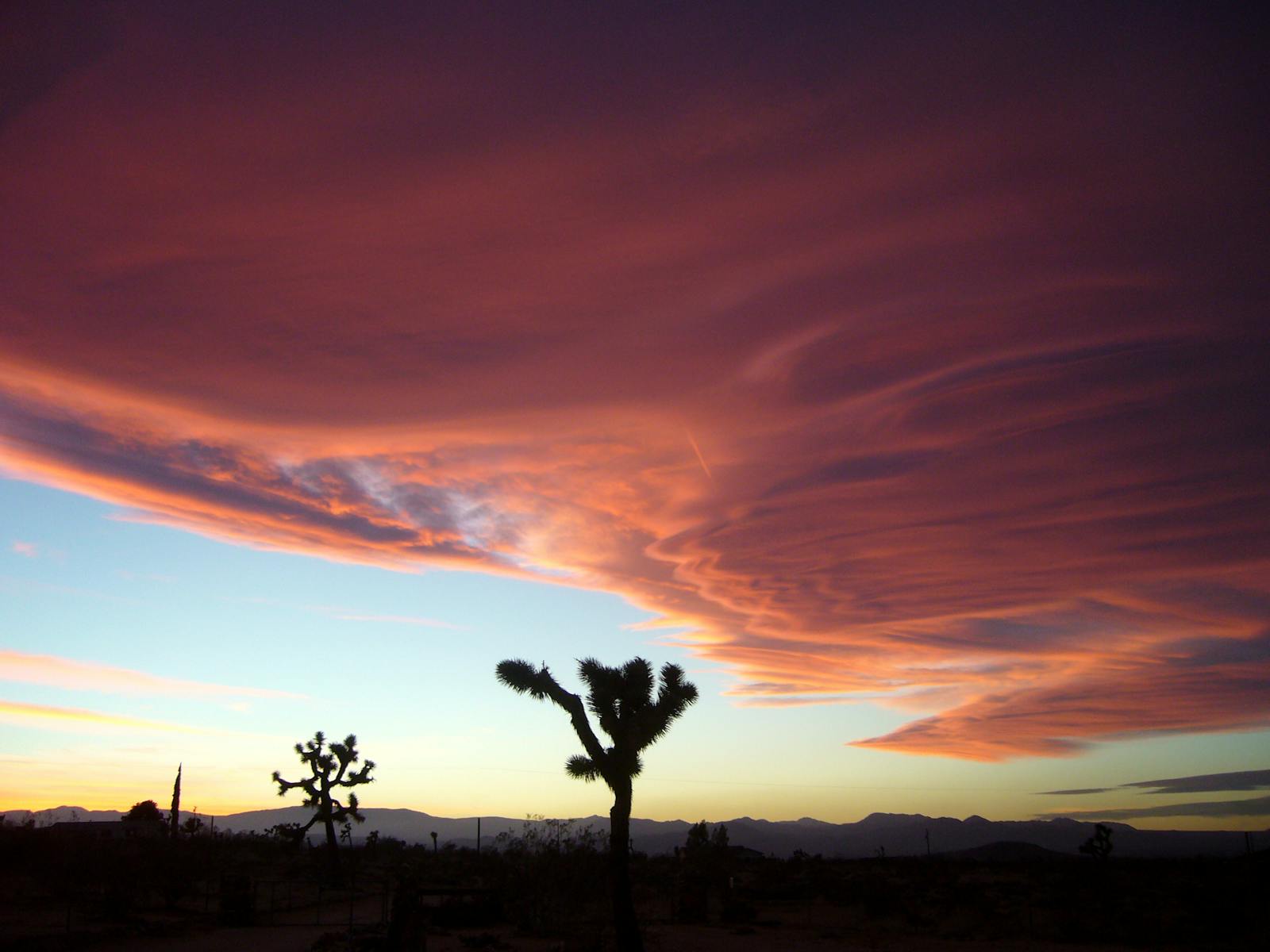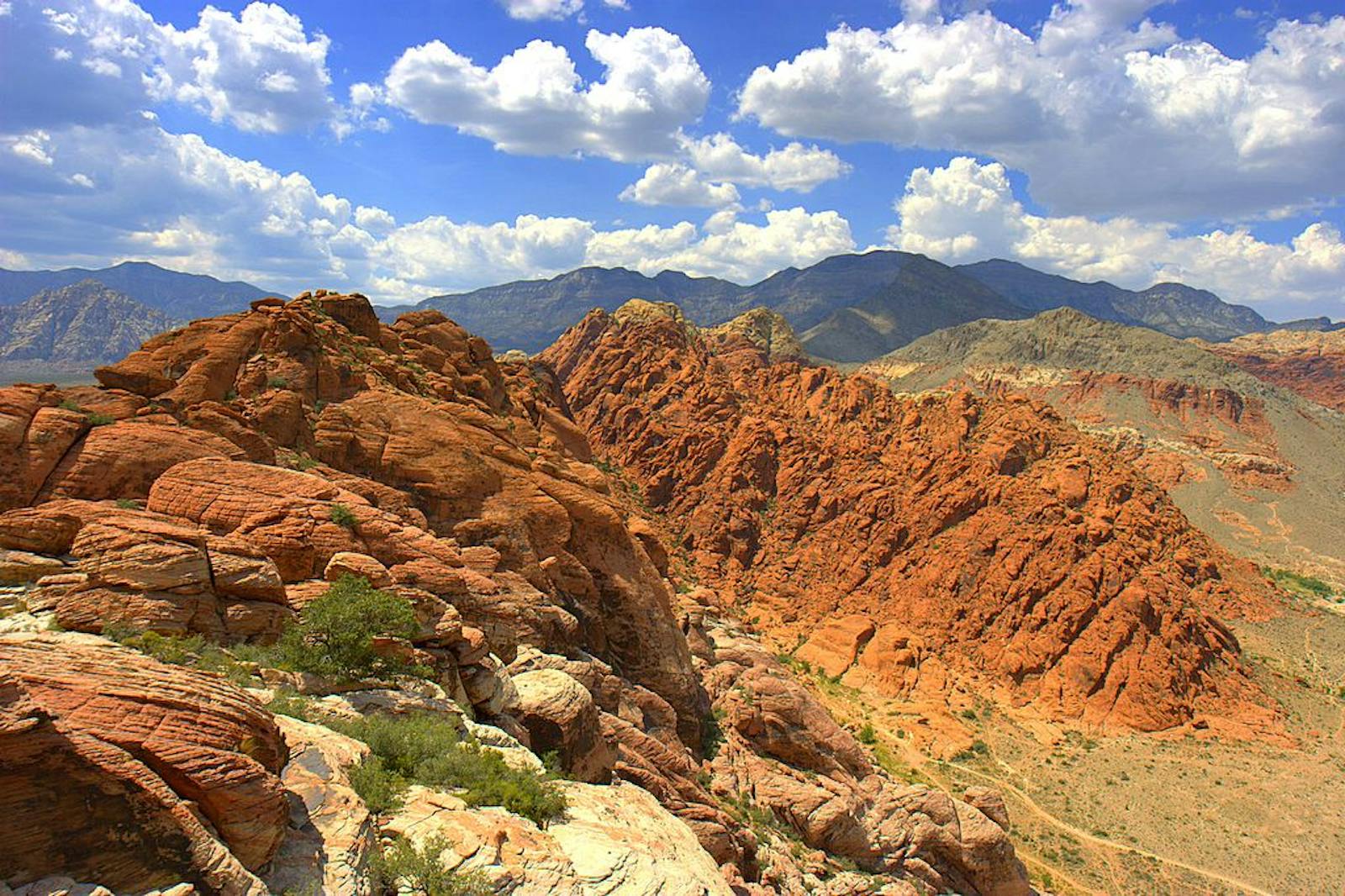Mojave Desert
The ecoregion’s land area is provided in units of 1,000 hectares. The conservation target is the Global Safety Net (GSN1) area for the given ecoregion. The protection level indicates the percentage of the GSN goal that is currently protected on a scale of 0-10. N/A means data is not available at this time.
Bioregion: Baja California & Southern Deserts (NA30)
Realm: Northern America
Ecoregion Size (1000 ha):
12,761
Ecoregion ID:
433
Conservation Target:
72%
Protection Level:
6
States: United States: NV, CA, AZ
The Mojave Desert is the smallest of the four major North American deserts, but it is extremely important biologically and is the best protected of the major deserts. This ecoregion covers southern Nevada and portions of western Arizona and southeastern California. It is bounded on the north by the Great Basin, on the west by the Sierra Nevada and California Montane Chaparral and Woodlands, on the east by the Colorado Plateau and Arizona Mountain Forests, and on the south by the Sonoran Desert.
Some ecologists consider the Mojave a zone of transition between the Great Basin, to which it is similar in the north, and the Sonoran, which it resembles in its southern portion. Yet the Mojave is distinct in several ways. For example, one-quarter of the plant species of the Mojave Desert are endemic (found nowhere else); of the annual plants (many of them ephemerals), nearly 80% are endemic and create exceptionally high species richness at a fine scale (e.g., 1 m2) after rains. And then there is the near-endemic and very prominent Joshua tree, a species of yucca and the flagship species of this ecoregion.

The flagship species of the Mojave Desert ecoregion is the Joshua tree. Image credit: Creative Commons
One of the most impressive attributes of the Mojave Desert is its elevational range, from 86 m below mean sea level in Death Valley to over 1,600 m above sea level on some mountains, a greater range than any other North American desert. The climate of the Mojave Desert, like the Chihuahuan Desert, is hot in summer and cool in winter, a warm-temperate climate as opposed to the subtropical climate of the Sonoran Desert or the cold-temperate climate of the Great Basin. Yet, the Mojave is not all that “temperate.”
Death Valley holds the world record for the highest recorded ambient air temperature on Earth surface: 57°C on July 10, 1913. Due to the extreme rain shadow of the Sierra Nevada, Death Valley is also the driest spot in North America, averaging 38 mm of annual rainfall, but with many years with no measurable rainfall. High elevations are cooler and somewhat wetter.
The dominant vegetation of the Mojave, which covers about 70% of the ecoregion, is the creosote bush-white bursage association. On the fine soils of bajada bottoms (where alluvial fans at the base of a mountain coalesce), one of two species of saltbush is strongly dominant, whereas the middle portions of bajadas feature creosote bush and white bursage. Other important plants include spiny mandora, wolfberry, Ephedra, goldenhead, ratany, Fremont dalea, and yellow paper daisy.
Three species of yucca occur in addition to the Joshua tree, which is most abundant on relatively high-elevation, wet, and cool sites, to the extent that scientists are concerned about losing Joshua tree from Joshua Tree National Park with the present rate of climate change. The species has limited dispersal ability since the extinction of the giant Shasta ground sloth about 13,000 years ago, which may have been its primary dispersal agent.
At least 23 species of cacti occur in the Mojave, including several endemics, such as the silver cholla, Mojave prickly pear, beavertail cactus, and many-headed barrel cactus. Characteristic vertebrates of the Mojave Desert include LeConte’s thrasher, desert tortoise (federally listed as Threatened), banded gecko, desert iguana, chuckwalla, regal horned lizard, desert rosy boa, Mojave patchnose snake, and Mojave rattlesnake. Endemic animals include the Kelso dunes jerusalem cricket, Kelso dunes shieldback katydid, Mojave fringe-toed lizard, Mojave ground squirrel, and Amargosa vole (federally listed as Endangered).

White tailed Antelope Squirrel. Image credit: Jarek Tuszyński, Creative Commons
An astonishing 46% of the Mojave Desert ecoregion is protected. Major protected areas include the Mojave National Preserve, Lake Mead National Recreation Area, Death Valley National Park (at 5,300 km2, the largest national park in the 48 conterminous states), and Desert National Wildlife Refuge (at 6,540 km2, the largest national wildlife refuge in the 48 conterminous states). Still, urban sprawl and associated off-road vehicle use is a threat, especially around Las Vegas and even from Los Angeles. Cattle grazing is impacting some areas.
Priority conservation actions for the next decade are: 1) reduce urban sprawl by providing disincentives to continued population growth and development; 2) prohibit use of off-road recreational vehicles on public land; and 3) find a way to control invasive exotic plants, especially tamarisk, which has invaded much of this ecoregion.
Citations
1. MacMahon, J.A. 2000. Warm deserts. Pages 285-322 in M.G. Barbour and W.D. Billings, eds. North American Terrestrial Vegetation, 2nd edition. Cambridge University Press, Cambridge, U.K.
2. Ricketts, T.H. et al. 1999. Terrestrial Ecoregions of North America: A Conservation Assessment. Island Press, Washington, D.C.
3. Schoenherr, A.A. 1992. A Natural History of California. University of California Press, Berkeley.







